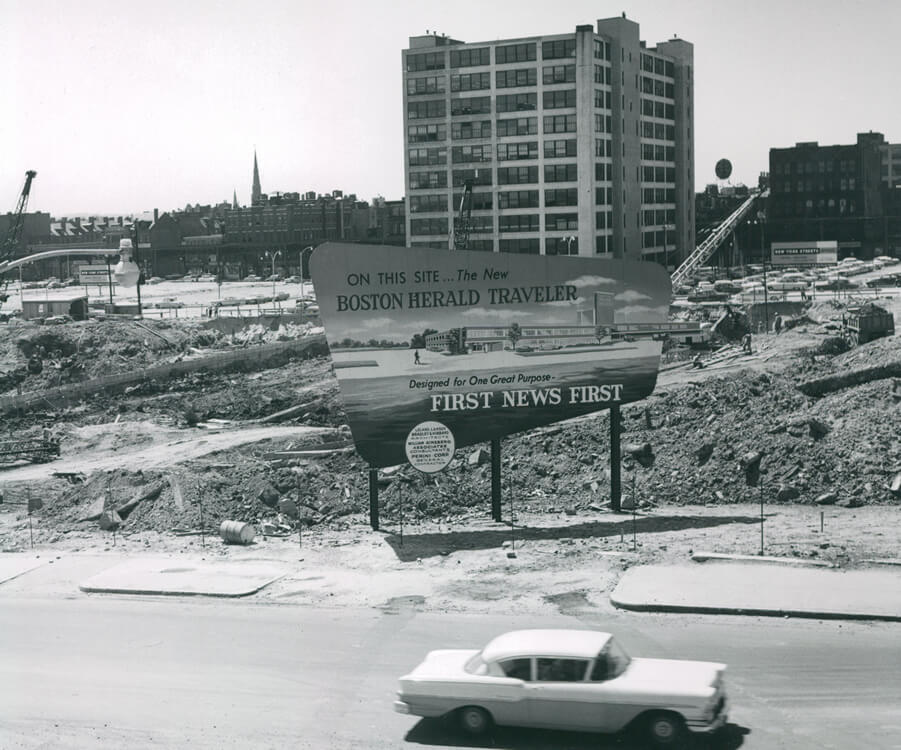The New York Streets: Boston’s First Urban Renewal Project
Prior to the demolition of Boston’s old West End, another vibrant, multi-ethnic neighborhood of tenement houses and mom-and-pop shops fell victim to so-called ‘urban renewal.’ The New York Streets: Boston’s First Urban Renewal Project, tells the story of this lost ‘sister’ community.
“The New York Streets project preceded the more infamous redevelopment of the West End,” says Museum Curator Duane Lucia. “But, in much the same way, federal funding was used to demolish an entire neighborhood and displace its residents with total disregard to the hardship it would cause them.”
The New York Streets encompassed 24 acres of land comprising 12+ city blocks in the northeast corner of the South End. The area got its moniker when roads there were named after cities along the Erie Canal to commemorate the connection of railroad between Boston and Albany in 1842. They included Troy, Rochester, Genesee, Oswego, Oneida, Seneca and Albany itself, the sole remnant street name from that era in today’s South End. That corner of the Mass. Pike and Interstate 93—now home to the Ink Block complex and other high-rise apartments and a hotel with ground-level shops and restaurants—is otherwise unrecognizable.
First to fall under the axe of redevelopment in the City, the largely immigrant working class and working poor neighborhood had no means to fight City Hall when, in 1952, planning began to level the area and make way for the new Boston Herald Traveler newspaper plant and other industrial facilities. The City took control in 1955 and, by 1957, 321 buildings had been demolished and 1,000 residents displaced from their homes and community.
Through graphic panels and a collection of original photographs, The New York Streets: Boston’s First Urban Renewal Project, recounts the neighborhood’s history; ethnic, religious and social life; urban renewal and impact; and modern-day status. It also highlights some of the areas most famous residents, including Louis B. Mayer, Jack Levine, Mary Antin and Mel King.



